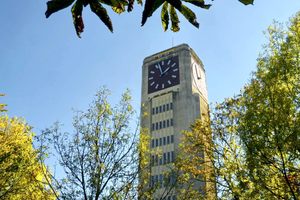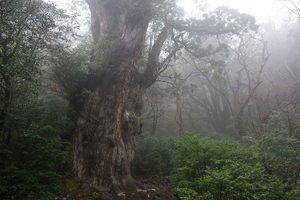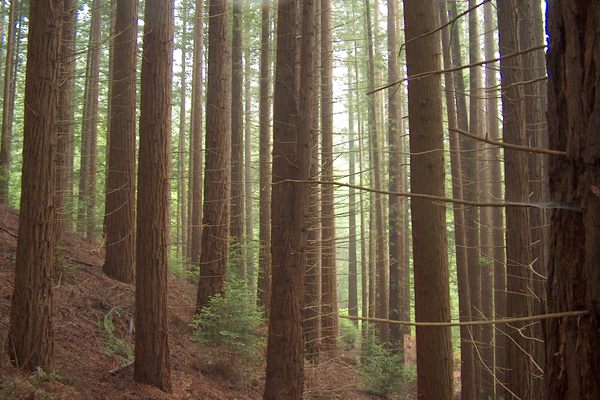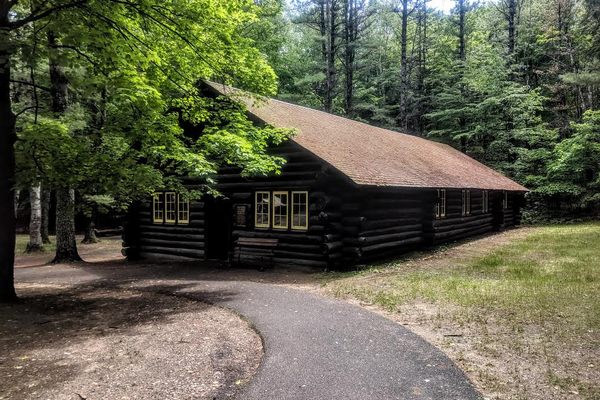About
Each autumn in Zernikow, a rural town 60 miles from Berlin, a group of Larch trees formed a 200-square-foot swastika. The yellowing trees stood out prominently against the surrounding evergreens to form the illegal symbol of the Nazis. Visible only from the air, the swastika had stood in the forest for 60 years before it was finally discovered.
After locals realized the existence of the 100-tree swastika during an aerial survey in 1992, they took immediate action to destroy it. In 1995, half the trees were cut down to render the symbol unrecognizable. Despite efforts to destroy the site, German tabloids posted a picture 8 years later showing that the yellow swastika was still very much alive, as some of the trees had begun to regrow. In 2000, 20 more trees were removed, leaving no trace of the illegal symbol.
It remains unclear who planted the symbol, although it is known that it was created during Hitler's peak in the 1930s. Most say it was a forest warden either zealous for the Nazi party, or who was coerced who planted the trees. Some also assert that a group of Hitler Youth were instructed to carry out the forestry.
While the symbol in Germany is now gone, a similar tree-formed swastika was discovered in Kyrgyzstan near the base of the Himalayas. Although also planted under mysterious circumstances, it is suggested that the 60-year-old trees were formed into a swastika by German prisoners of war, hoping to defy their Soviet captors.
Even with vigilant removal of living swastikas, it is clear the legacy of the Nazi regime will not leave without a fight. Stumps from the Brandenburg swastika could retain the image as the forest grows, and only one year ago a cornfield was stomped into the symbol as well by neo-Nazis.


















